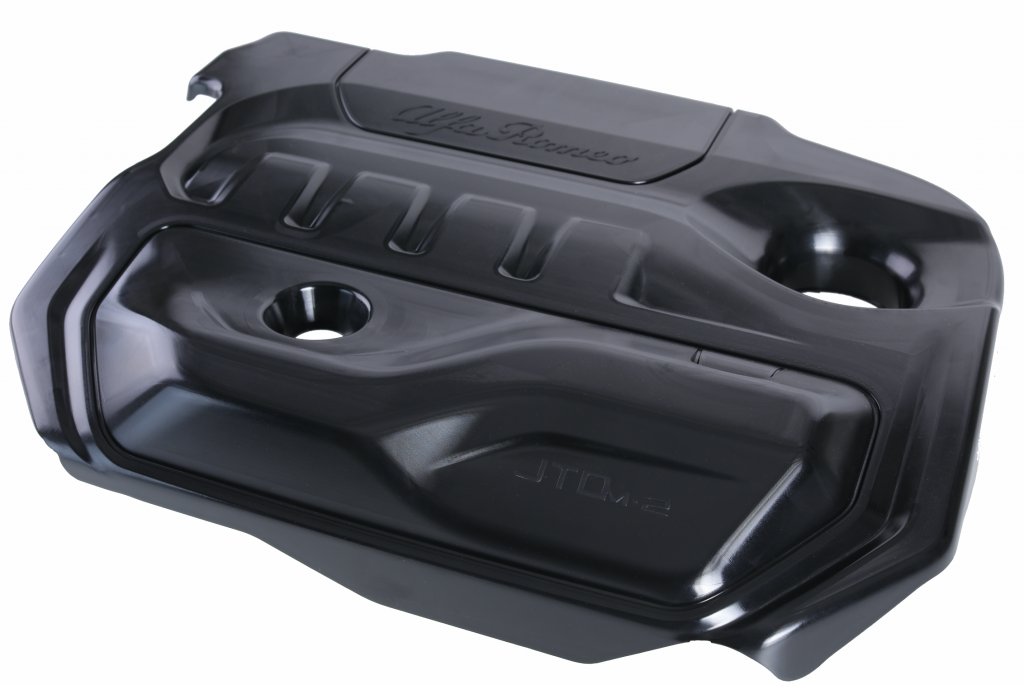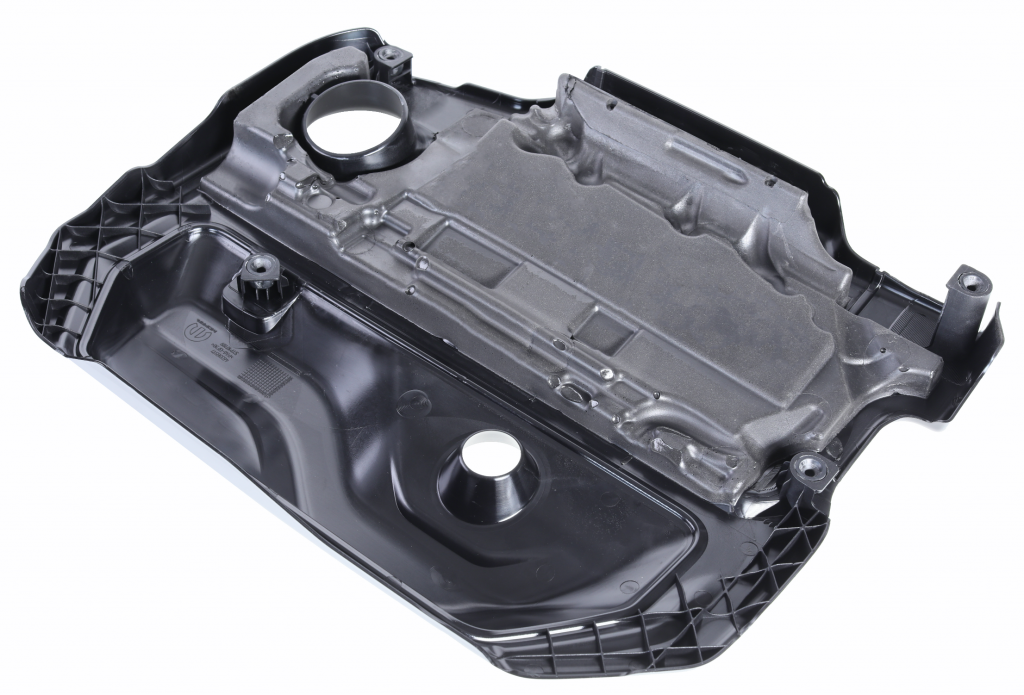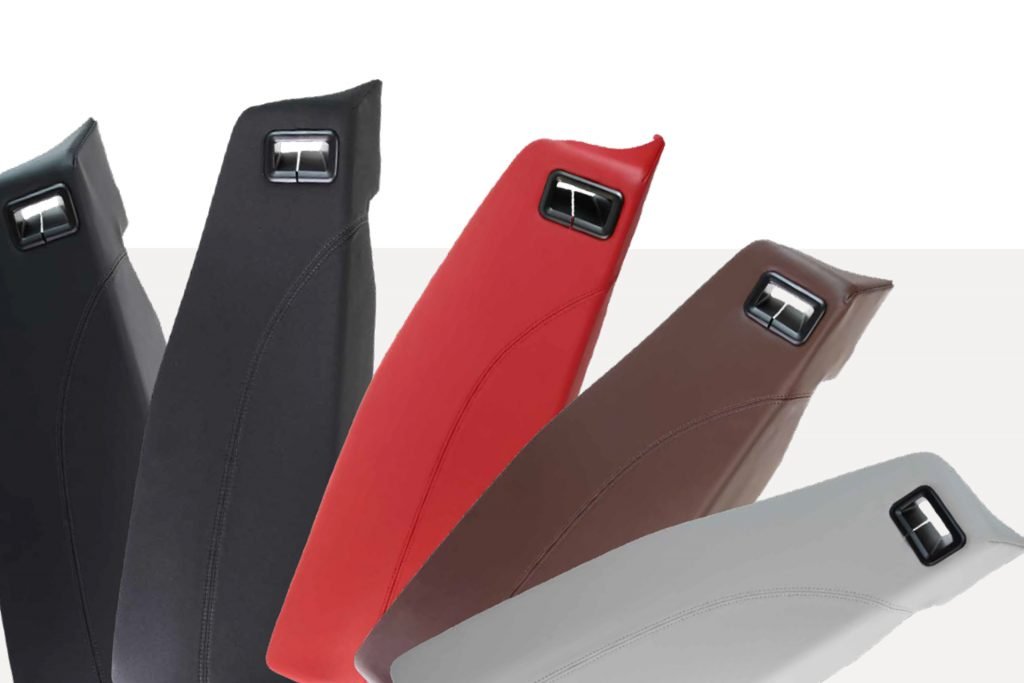Our blog
5 REASONS WHY YOU SHOULD NOT TRUST THE ONE-SHOT® METHOD - AT YOUR OWN RISK
5 REASONS WHY YOU SHOULD NOT TRUST THE ONE-SHOT® METHOD – AT YOUR OWN RISK
5 REASONS WHY YOU SHOULD NOT TRUST THE ONE-SHOT® METHOD – AT YOUR OWN RISK
The One-Shot® Method patented by SAPA is to date the fastest way to produce more lightweight car parts, in less time and with less scraps. Here is where it is not convincing and why.
Let’s begin from another point of view: yours.
If you are a car maker or if you work for the automotive industry, you know that frustration that you feel when you have been working on a part for some time but you could not find the solution to make it more efficient and more lightweight, and you are late, very late on delivery. And you would like to make a good impression and propose your idea – you know it is an innovative idea and it could also improve things.
But changing the order of things when things were always done in a certain way is not easy. And in the end, you might also tell yourself that this is not worth your headache and the risk. That, since you work in a rather conservative sector, things must be right the way they are right now.
Well, you’re right.
On many of these things, I agree with you. I have also been working in this sector for years and I often asked myself these same questions and had the same doubts.
Then, one day I realised that I loved my job and that I could improve my results simply by doing better what I was already doing. I wanted to leave my legacy. And that’s what I did.

The automotive industry is strongly conservative despite working with innovation. Leaving traditions behind is an act of courage.
Why should I choose the One-Shot® Method?
I’m sure you’ve heard about the One-Shot® Method. What is it?
It is a method that was patented by SAPA to produce car parts and to optimise production steps and work phases.
It is the world’s fastest production method to create car parts with:
- Less scraps
- In shorter time;
- Less weight
- Better quality.
In what way does this practically happen?
Think of the traditional production process, for example of the Engine Beauty Cover.
It is two different technologies: moulding and the injection of foamed PUR, and they require three moulds and a joining phase as well. A very long process that, in most cases, also involves external suppliers, thereby increasing waste in terms of CO2 emissions, delivery times and the risk of issues, which will then affect the whole production chain.
The engineers of SAPA’s department called “Innovation Engineering” decided to make it a closed-end process, i.e. to control every step of the process and not to outsource the production of any component. In this way we could avoid creating a chain that adds costs without adding any value.
By analysing the process, we saw that the PUR injection phase was three times slower than moulding: an engine cover can be moulded in 60 seconds, while the PUR part is produced in 180 seconds.
This means in the time that we produce 3 Engine Beauty Covers, only 1 PUR injected cover can be produced. This also increases costs due to the moulds for PUR to be added to the one for the moulded cover.
By reducing the moulding and the PUR injection phases to just one step, we increased productivity by 300%.
This also meant eliminating the joining phase is. We obtained this, too, by using just one mould; this reduces the cycle time and eliminates the assembly phase altogether.
With the following – positive – consequences:
- 300% productivity increase;
- One single mould instead of 3: in the standard process, 1 mould is needed for the hard shell and 2 more are needed for PUR;
- The cycle time is reduced from 180 seconds (needed to mould the cover + soundproof moulding) to 60 seconds;
- Joining with star locks is no longer needed because the part is joined chemically, so no operator and no dedicated machine are needed to join the part to the cover;
- Improved luxury sensation thanks to reduced rubbing and noisiness.
1) Is it not TOO innovative?
Let me guess.
You think this is something too innovative to propose and, I have to say, you are right on this: the One-Shot® Method is unique and it certainly has features that make it really revolutionary, for example it is eco-friendly, it caters for more lightweight parts and reduces production times.
To tell the truth, however, it’s not something we’ve never seen before. The engineers that worked to make the One-Shot® Method into what it is today, started out from the traditional method and looked for solutions to improve it and – in some cases, to go beyond it. One-Shot® is not completely different than the traditional methods. Let’s look at the example above again, the Engine Beauty Cover. If you think about it, the processing phases are the same, but they have simply been compacted into just one press stroke. Optimised to the maximum. I can hear the mechanisms inside your brain work like crazy.
2) This method is already being applied,
why should I come specifically to you?
You are – partly – right.
You might have seen systems similar to this; maybe you have seen a similar method in the production of some parts, for example of the C Lower Pillar.
As a matter of fact, there are semi-automated processes, but none of them implements the One-Shot® Method, which is patented.
Precisely. We have patented this process.
3) What does it mean that the One-Shot® Method is a patented process?
As I was saying, One-Shot® for us is much more than a formula to apply. It is rather a way of thinking that entails a leaner process and a keen interest in creating more lightweight products with a beautiful and functional design and a reduction of scraps. For this reason, we have decided to patent it, for it to be a trademark and a quality guarantee.
You may not know that the One-Shot® Method came into existence from an idea that my father Angelo Affinita had: in my Granddad’s workshop he had the intuition to create a small secret department where he produced a series of window frames for some clients and managed to optimise the process, speed up production and reduce the total costs.
Several years went by from that day until SAPA became the business that you know today but that incident was the embryo of its work philosophy that made it big later.
But this is not all.
Using the patented One-Shot® Method has another great advantage. It is useful also for other parts besides the ones we have already industrialised. The One-Shot® Method as a matter of fact, can be implemented on any part and for this reason we often can propose this method before the development phase.
In a way the One-Shot® Method is like a good pair of glasses. If you are near-sighted and cannot see faraway objects, landscapes or traffic lights well, the glasses will provide the adequate lenses to solve your problem.
If on the contrary you are far-sighted and cannot see your PC well or read a book because the letters are blurry, with the same glasses you can find the right lenses to solve this problem, too.

In a way the One-Shot® Method is like a good pair of glasses. According to the lenses you choose, you can solve a different issue.
4) How can you propose the One-Shot® Method even before the development phase?
As I was saying earlier, the One-Shot® Method aims at reducing production times by optimising the production phases.
This caters for a very detailed attention to all the work phases, because each one can be optimised.
The second reason is that for us the part design is crucial. And for us, it is important that we decide on this together with the client, together with you.
It is always a co-designing effort and for this reason we believe that the rapport with the client has to be established as early as possible.
5) In what way is product quality guaranteed?
You’re right, it is an important question. Especially when one hears of faster production times and of process optimisation. Very often we believe that these aspects are in contrast with quality.
This is not the case.
You know that the automotive industry requires the highest quality standards. And quality means mainly safety. This objective can only be reached by adhering to the strict technical standards set out by IATF, ISO/TS 16949, which is a quality guarantee system for you. Additionally, by specialising in the One-Shot® process, i.e. the all-in-one method that caters for more lightweight and less costly car parts, we came up with a management system resting on the criteria, the guidelines and the requirements set out by IATF, ISO/TF 16949. Finally, our clients demonstrate it: FCA, Ferrari, Rolls Royce, Aston Martin, Volkswagen, Alfa Romeo, etc.
You can contact our Customer Care department any time to request more detailed information. We believe in accompanying our clients step by step, and in a way we can say that we apply the One-Shot® Method to customer support, too: every time you have a technical meeting, we’ll call you up and you can count on us any time to receive assistance.
At SAPA we are used to putting people at the centre of our actions: my father, who founded this company, always said that “it is people that make the difference”. And this is the way we work, not just a formula to repeat.
I’m sure you see the advantages that this method brings along.
By daring to do something that no-one had ever done before in this way, SAPA has received many an acknowledgement over the past few years, and we are very proud of this: in 2017, SAPA was among the best three companies at the SPE Automotive TPO Conference in Detroit, and in October 2018 it presented its One-Shot® Method at the IZB for the very first time before enthusiastic engineers from around the globe.
Very often I am asked: “why should I do this?”
Why not? I answer. And then I smile.
Kind regards
Giovanni Affinita,
Executive Director and Member of the Board of Directors at SAPA
If you’d like to find out more about the One-Shot® Method and the parts produced and already industrialised, fill in the form below.
WE’LL GET BACK TO YOU WITHIN 24 HOURS!
Want to learn more about our one-shot® method and find out how you too can get lighter components and lower emissions?
Let's evaluate together the application of the one-shot® method to the project you are working on. fill out the form below, you will be contacted within 24 hours!




